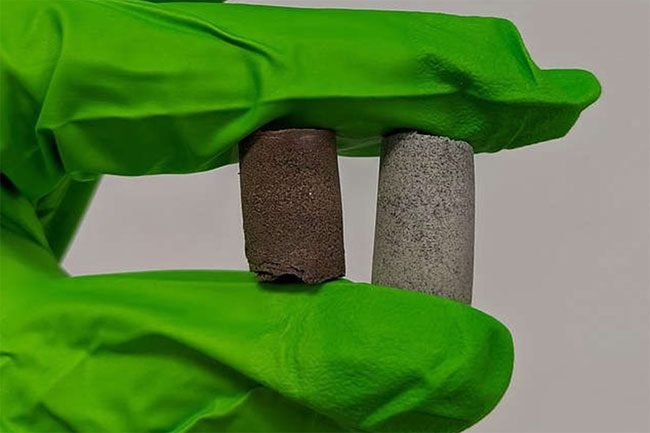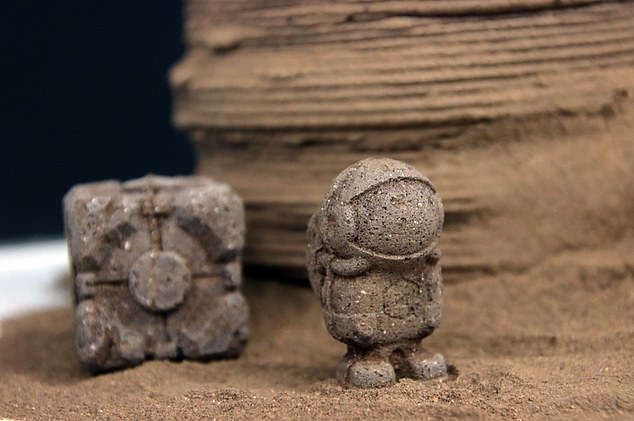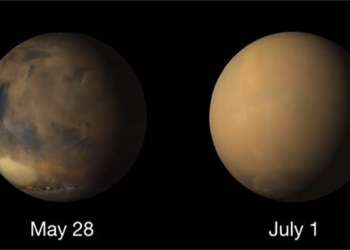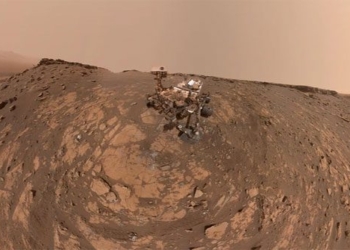Protein from astronaut blood can be combined with urine, sweat, and tears to create a binding agent similar to glue for making AstroCrete on the Moon and Mars.
This idea was proposed by scientists from the University of Manchester, UK, with the goal of addressing the challenges and costs of sending building materials into space.

Space concrete made from protein derived from astronaut blood, combined with other bodily fluids, could be used for construction on Mars. (Photo: University of Manchester).
This adhesive keeps the soil on the Moon and Mars cohesive, producing a material akin to concrete but 300% harder than conventional concrete.
Scientists estimate that nearly 500 kg of AstroCrete could be produced during a Mars mission involving six astronauts over two years.
However, similar to Earth, 91 kg of concrete is required to build just 0.09 m2 of a single-story house. If used in the form of sandbags or as a surface layer for synthetic bricks, each astronaut could produce enough space concrete to expand living quarters to support an additional astronaut, effectively doubling the habitat after each consecutive Mars mission.

The cost of each brick transported from Earth to Mars is about $2 million.
The research team shared in the journal Materials Today Bio: “Our calculations show that each astronaut – during a mission on Mars – could create enough additional living space to support another astronaut, leading to the potential for stable population expansion on Mars.”
The cost of each brick transported from Earth to Mars is approximately $2 million. This means that human missions to Mars in the future will likely not be able to carry construction materials.
The research team suggests using a common protein found in plasma, known as human serum albumin, as a binding agent for space dust. Further studies indicate that adding urine, sweat, and tears from humans can significantly enhance the strength of space concrete.
Dr. Aled Roberts from the University of Manchester, a member of the research project, stated that this new technique has significant advantages over many other proposed construction methods for the Moon and Mars.
Last year, researchers at the Singapore University of Technology and Design proposed using chitin, found in fish scales and fungi, to build habitats on Mars.
As one of the most common organic polymers on Earth, when mixed with Martian soil, chitin can form a material strong enough to construct tools and shelters.
This organic polymer could be sourced on Mars through the biological processing of organic waste from insects or fungi cultivated in farms.
Chitin is being considered by NASA and private companies like Elon Musk’s SpaceX as they plan to establish human habitats on Mars within the next 20 years.





















































